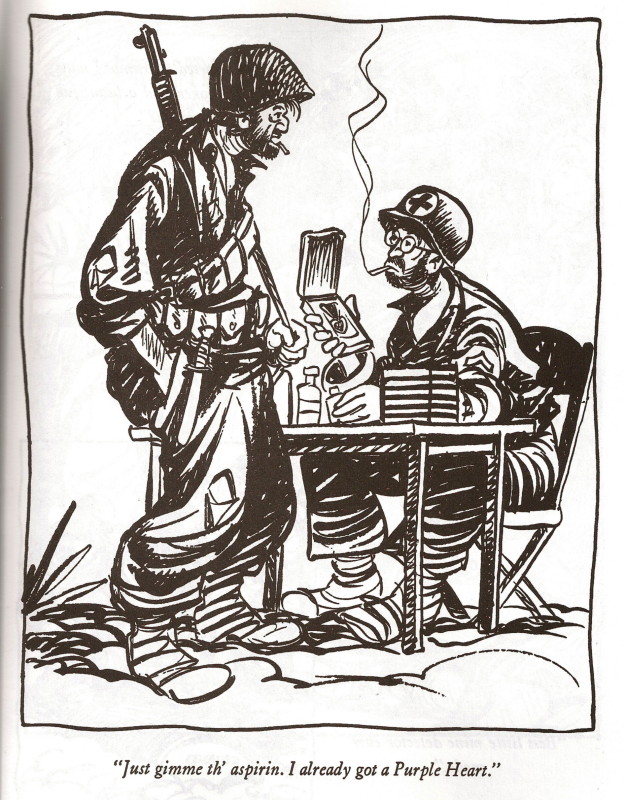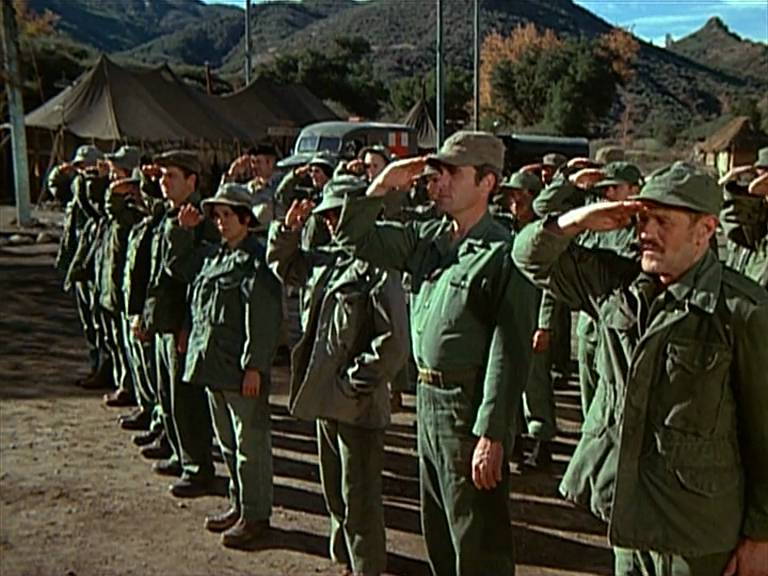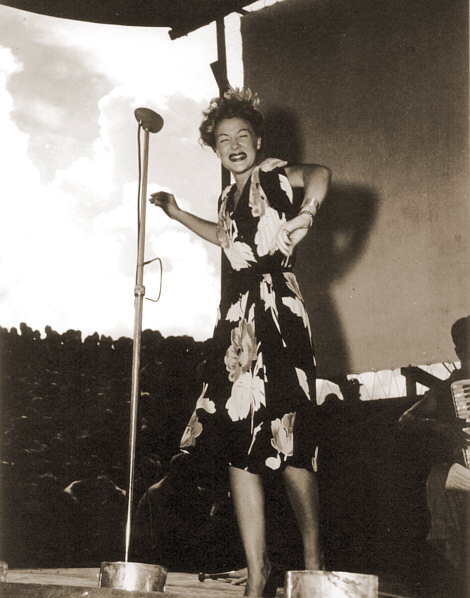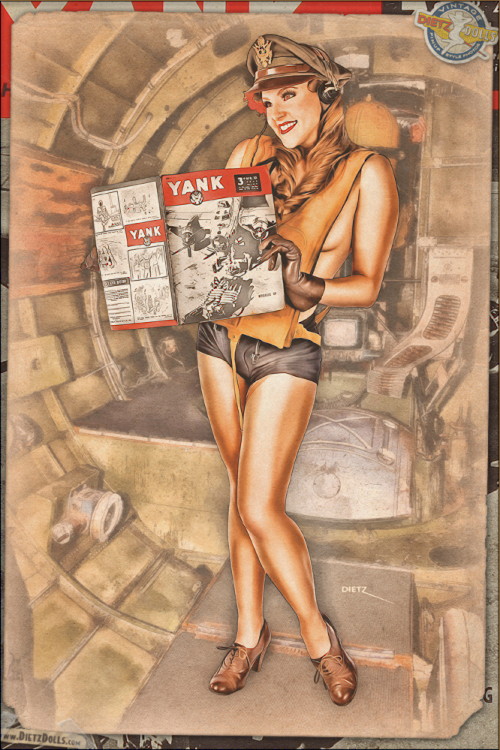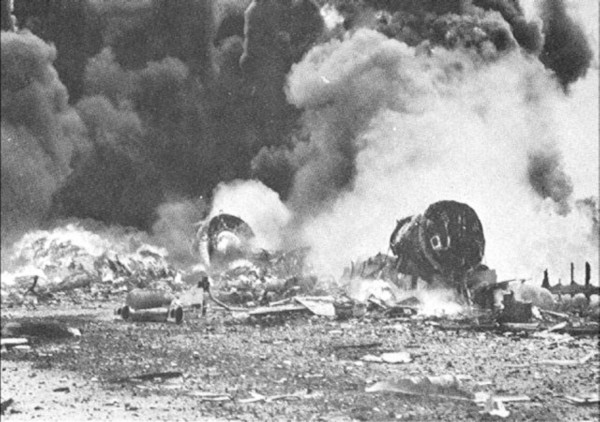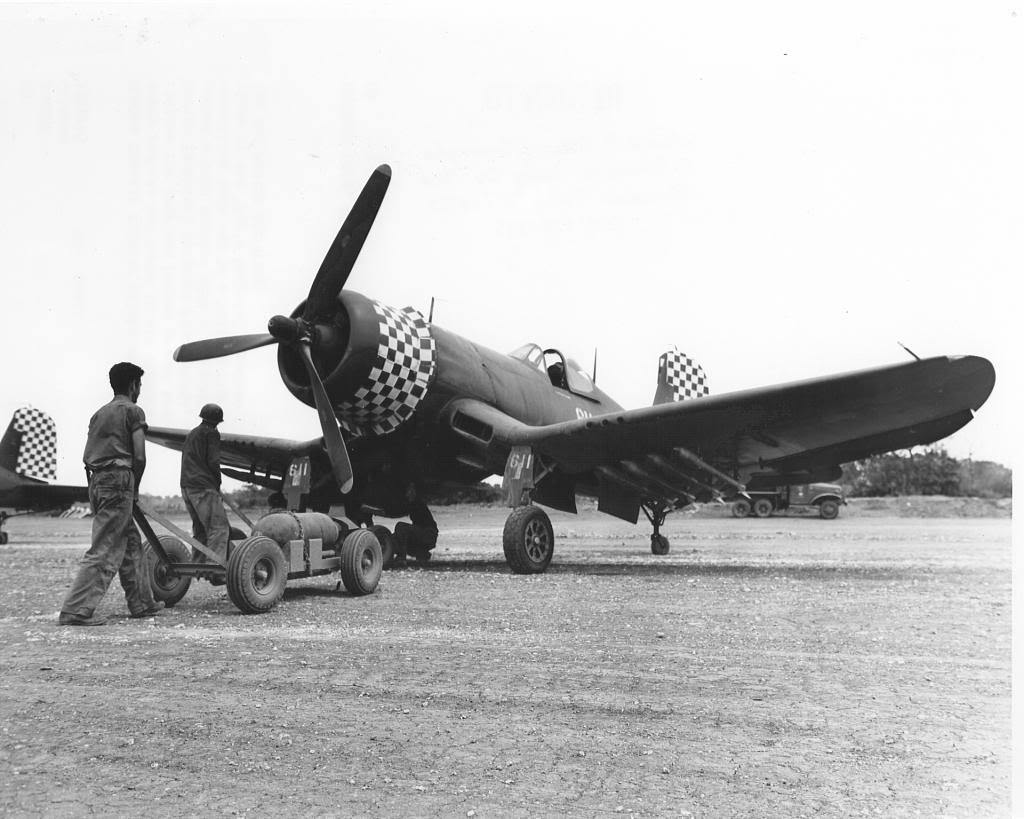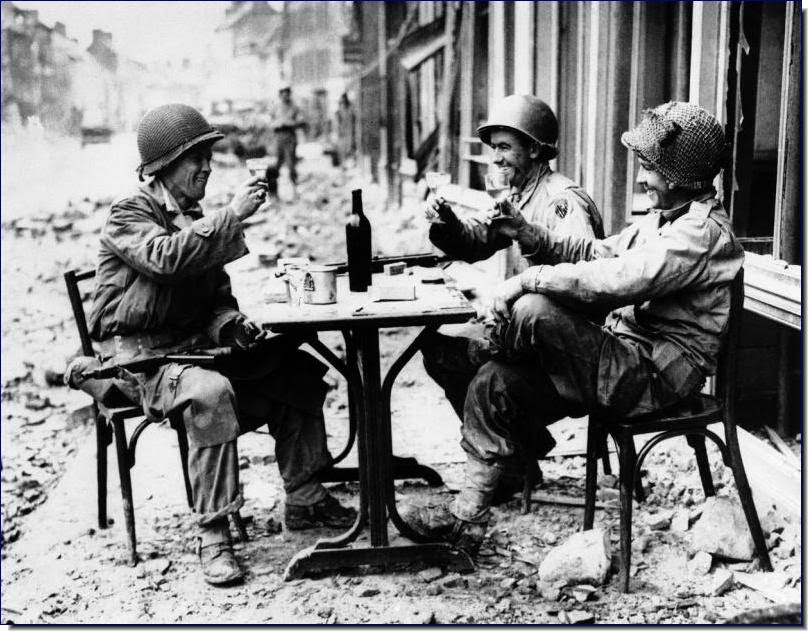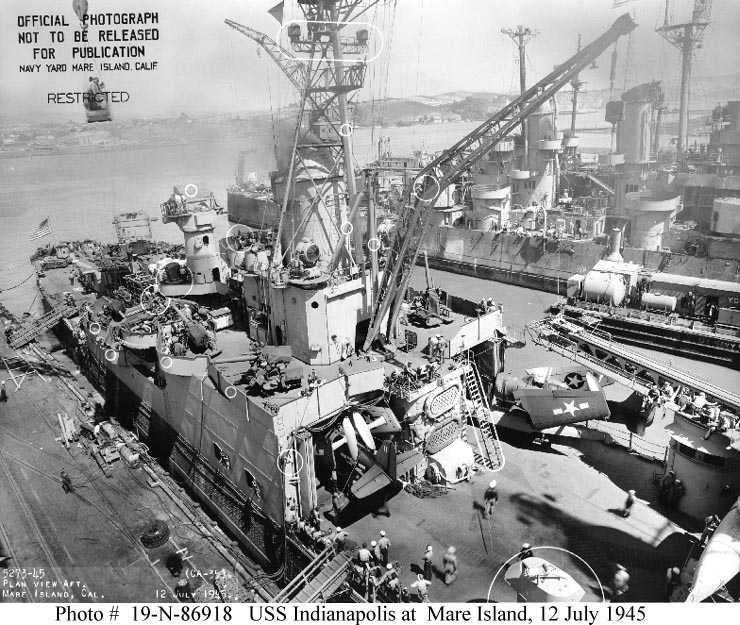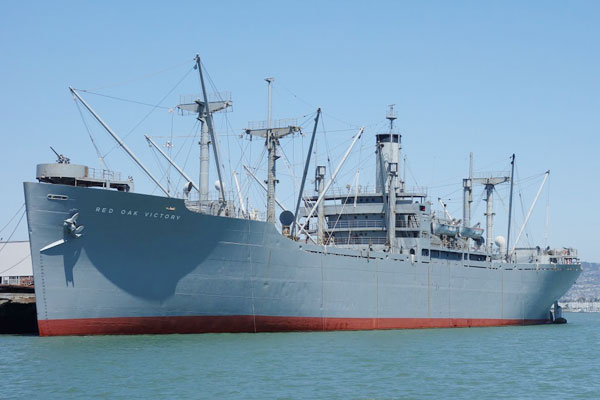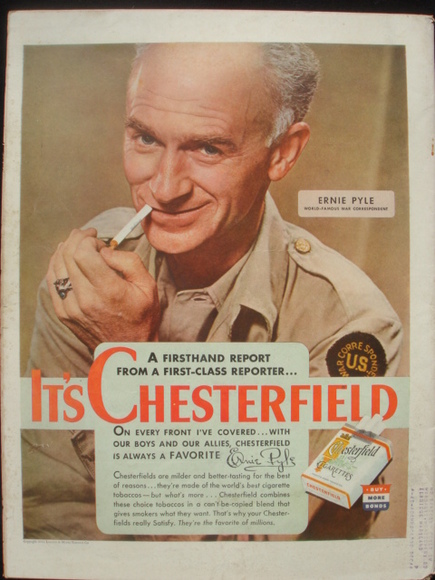[Tuttle observed the highly efficient rumor mill in the American military camps, and took one chance to float his own tidbit through it.]
“Look here! The Navy just bought another 125,000 purple heart medals . Forget what they said about Japan keeling over before we get there!” He had a point in that – whatever the Navy said, it would have to buy hardware to go with what it really thought.
Seeing my opportunity to add a marker to the story, a tag for me to watch it run around, I interjected something else I’d learned. On a tour of the Philadelphia mint just a few months before, they showed me how the medals were being made of molded plastic instead of more precious materials. It had as much to do with holding the thing together as conserving war materials, but I didn’t include that part.
I hung out near the mess tent coffee urns for the rest of the day. Within hours the Navy order had jumped to a quarter million. The Army got in on the act for another 400,000 . No one really knew what a purple heart medal was made of in the first place, so quickly there were critical shortages of: brass, copper, silver, or even purple paint. The best story had a German spy try to blow up Fort Knox, causing a run on gold.
Satisfied that the rumor mill here was working at full efficiency, I took a walk through Naha in the warm setting sun. I wondered if when the sun came up again there wouldn’t be a story about crates of medals being air dropped to us, ‘just in case.’
